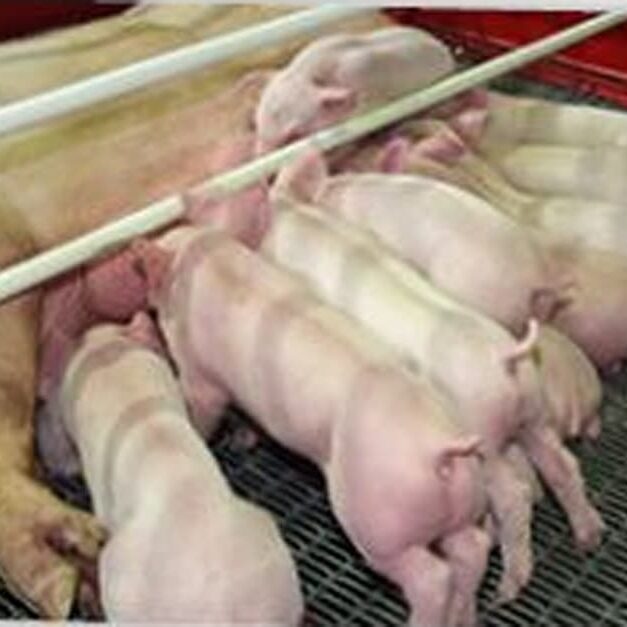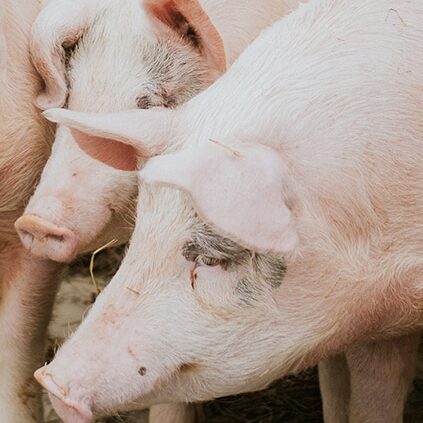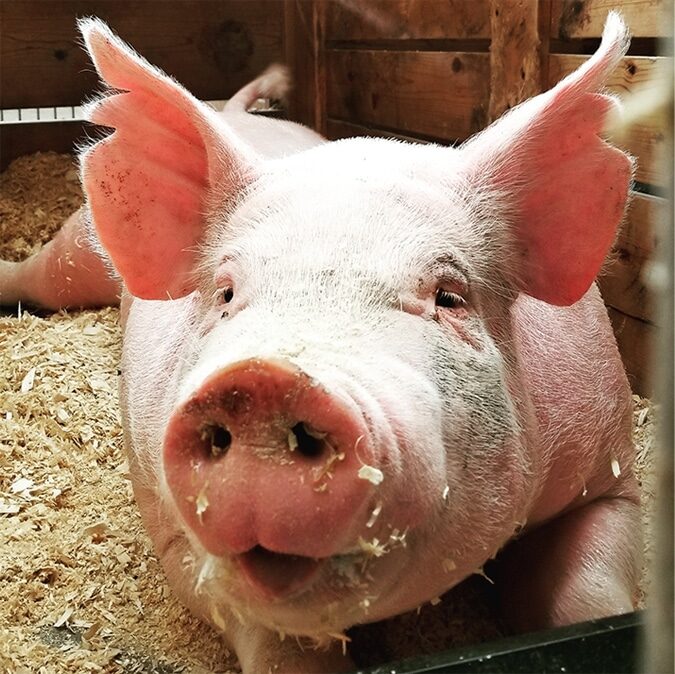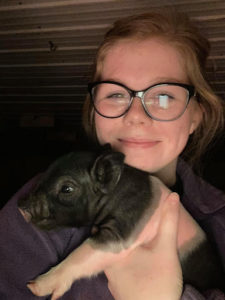Commodity: Pork
Pork is the meat that comes from pigs. There are many delicious versions of pork: Bacon, pork chops, or ribs, to name a few. Pork is an important commodity in Minnesota. Let’s learn more about it!
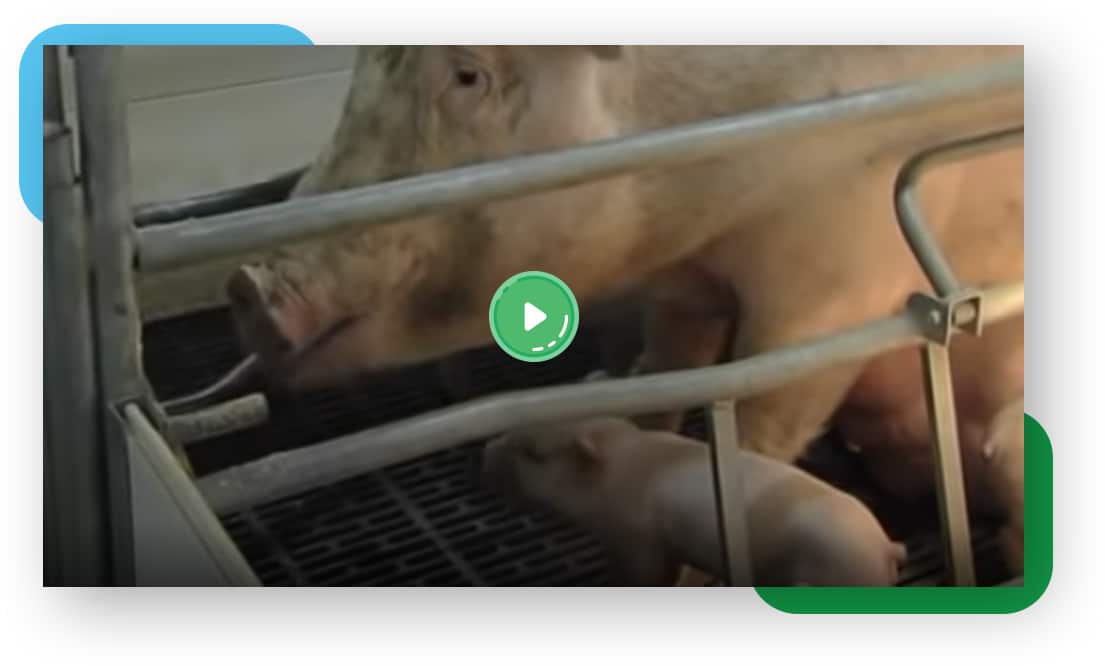
A Wide Variety of Pork Products
One pig produces many different pork products. What kind of meat you have depends on where it came from on the pig. Bacon comes from the belly. Ham comes from the rear end. Pork loin and pork chops come from the muscle running along the pig’s back and shoulder. Ribs come from—the ribs!
But pigs have other uses too. Some of the insulin used to treat diabetes comes from pigs. Parts of pigs can be used for replacement heart valves. Gelatin from pigs is used in makeup, pill capsules, and even marshmallows!
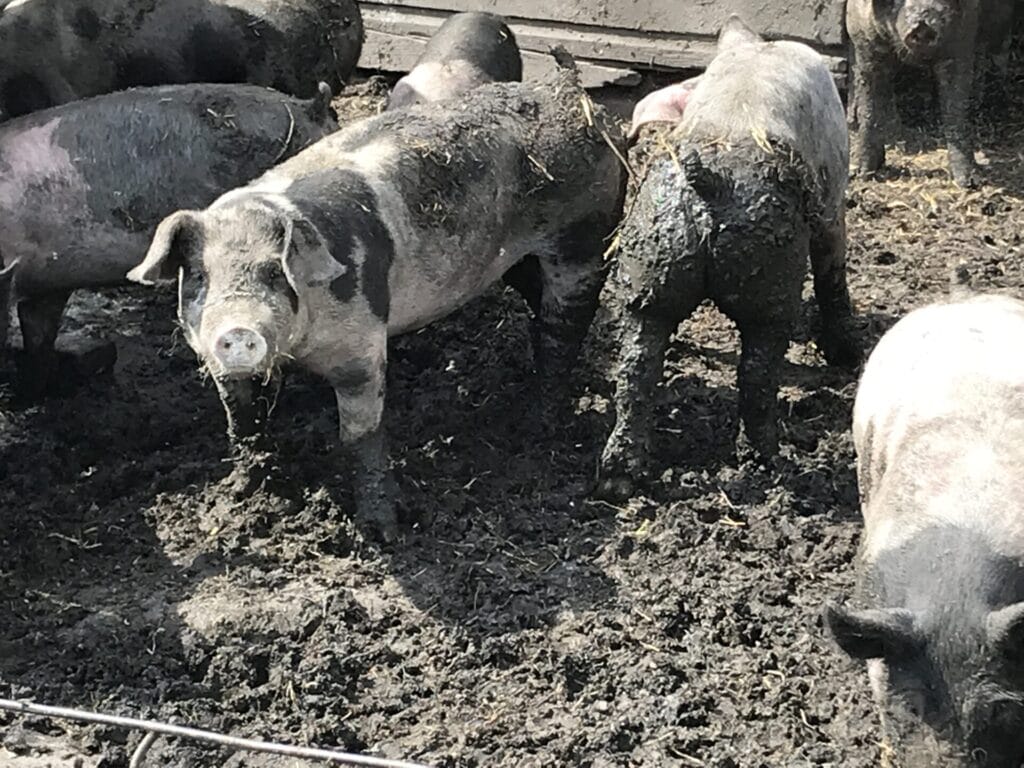
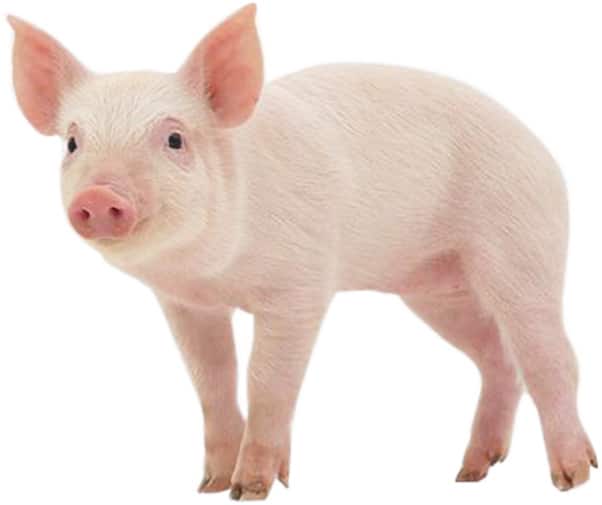
However, the primary use for pigs is for meat. Pork is both a good source of protein and also provides several important vitamins and minerals. A three-ounce serving of pork is an excellent source of thiamin, niacin, and vitamin B6. It is also a good source of riboflavin, zinc, and potassium.
Pork has long had a reputation for being a “fatty” meat. That was once true, but not as much anymore. Today, pork is 16% leaner than it used to be because of advancements in nutrition and genetics. Today’s pork tenderloin is as lean as a boneless, skinless chicken breast.
Growing Pork
Pigs grow really fast. They are born weighing about 3 pounds. When they reach 21 days old, they are weaned off of mother’s milk and weigh about 15 pounds. Six months later, they weigh approximately 280 pounds.
Most pigs in Minnesota are raised in barns. This is to keep them safe from the weather and predators. To grow properly, pigs need a clean place to sleep, fresh water, and a healthy diet that consists of corn, soybeans, and vitamin and minerals. If you have read about beef and dairy cattle, you learned that a cow’s stomach has four compartments, which allows it to digest things humans cannot. But a pig’s digestive system is more like a human’s. Like humans, pigs cannot eat hay and grass because they cannot digest it. Veterinarians (animal doctors) work with pig farmers to make sure their pigs are healthy and receive proper care.

We talk about pigs, but pigs have different names for different stages of life:
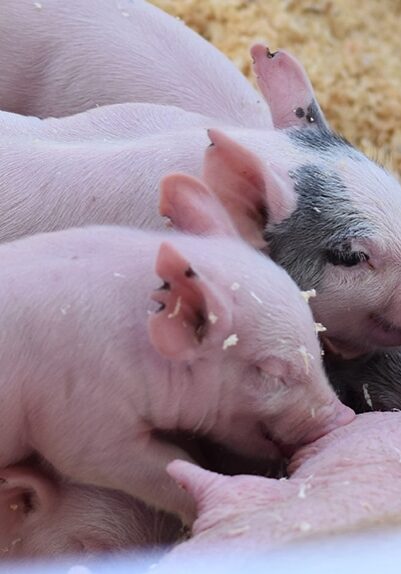
Piglet
Baby pig
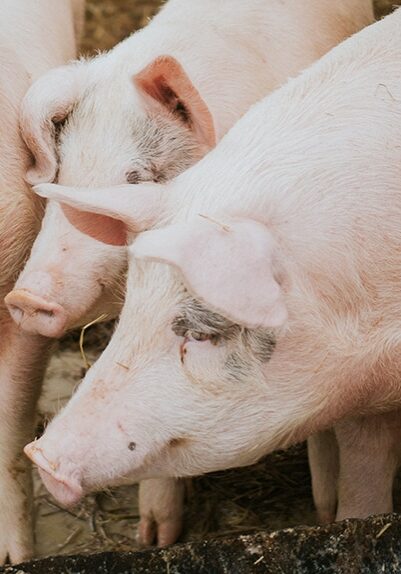
Gilt
Young female pig
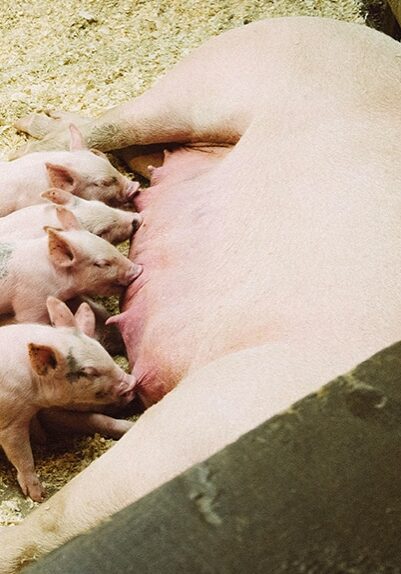
Sow
Female pig that has given birth
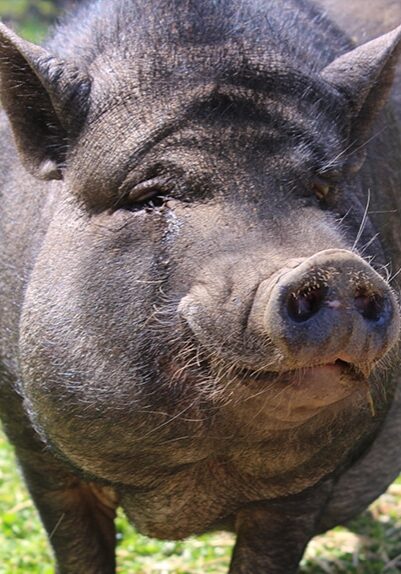
Boar
A male used to breed gilts and sows
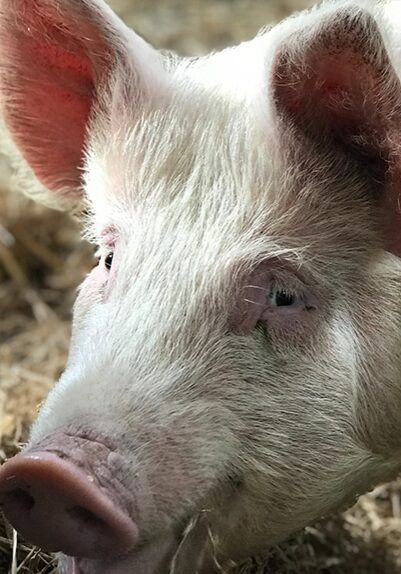
Barrow
Male pig used for meat only
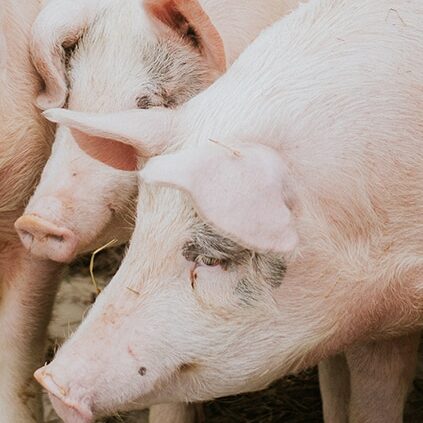
Pork in Minnesota
Minnesota is a major provider of pork. We are number 2 in the U.S. for the number of pigs raised (Iowa is number 1). There are pig farmers all over Minnesota, but most of them are in western Minnesota. Martin County is the top pork-producing county in the state, and it is sixth in the U.S.
One reason for Minnesota’s high ranking in pork production is its location. Minnesota is part of the Corn Belt, which is made up of four states (Illinois, Iowa, Minnesota, and Nebraska) that together produce more than half of the corn grown in the U.S. Corn is a major part of a pig’s diet. So growing pigs and corn in the same location is more efficient.
Thin is In!
Today’s pigs are bred and fed to be leaner than the pigs of yesteryear. Compared with pigs from the 1950s, today’s slimmer model has 75 percent less fat, thanks to superior genetics and new technologies in hog production.
Why? Livestock growers know it’s what health-conscious Americans want and will buy. Pleasing customers keeps their business growing.
Virtual Field Trips About Pork
Minnesota Agriculture in the Classroom is showing you around a variety of facilities where pork is raised, harvested and utilized in a variety of ways. Learn more about Minnesota pork below!

